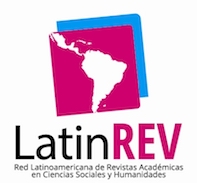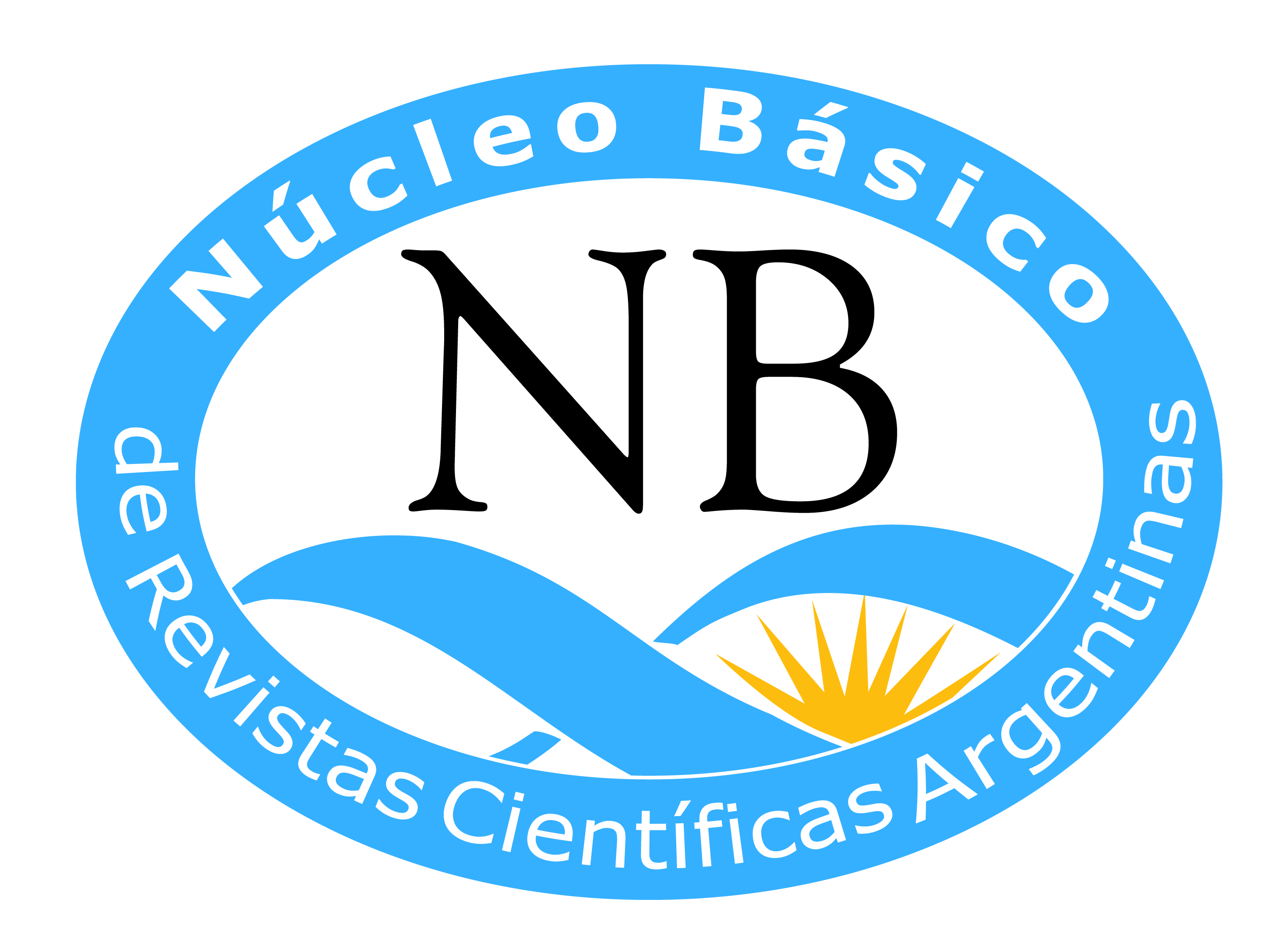Submissions
Submission Preparation Checklist
As part of the submission process, authors are required to check off their submission's compliance with all of the following items, and submissions may be returned to authors that do not adhere to these guidelines.- La petición no ha sido publicada previamente, ni se ha presentado a otra revista (o se ha proporcionado una explicación en Comentarios al editor).
- El archivo enviado está en formato OpenOffice, Microsoft Word.
- Se han añadido direcciones web para las referencias donde ha sido posible.
Research
It will include research works, progress reports and thesis results linked to teaching and articles related to extension projects.
Experiences and projects
Innovative experiences and the development of institutional programs and projects that contribute to the teacher training
Essays
An analysis of specific issues or problems is displayed.
Interviews
All numbers will be conducted an interview with a relevant actor in the field.
Bibliographic Reviews
It will include reviews of publications of no more than 3 years old.
Copyright Notice
Those authors who have publications with this magazine, accept the following terms:
The authors will retain their copyright and guarantee the journal the right of first publication of their work,
which will be simultaneously subject to the Creative Commons Recognition License that allows third parties to share
the work whenever its author and first publication this magazine.
Authors may adopt other non-exclusive licensing agreements for the distribution of the published work (eg, deposit
it in an institutional telematic file or publish it in a monographic volume) whenever the initial publication in this
journal is indicated.
Authors are allowed and advised to disseminate their work through the Internet (eg, in institutional telematic files
or on their website) before and during the submission process, which can produce interesting exchanges and increase
citations of the published work. (See The effect of open access).
Privacy Statement
The names and emails registered on the website of this journal will be used exclusively for the explicit purposes of the publication and are not available for any other purpose.















